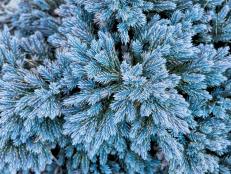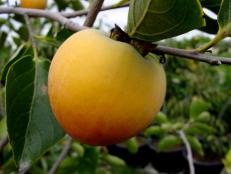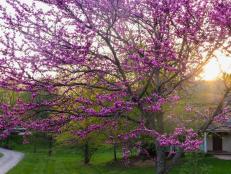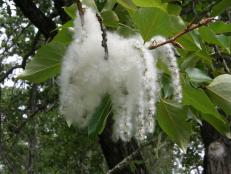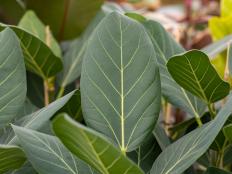The Eastern Arborvitae
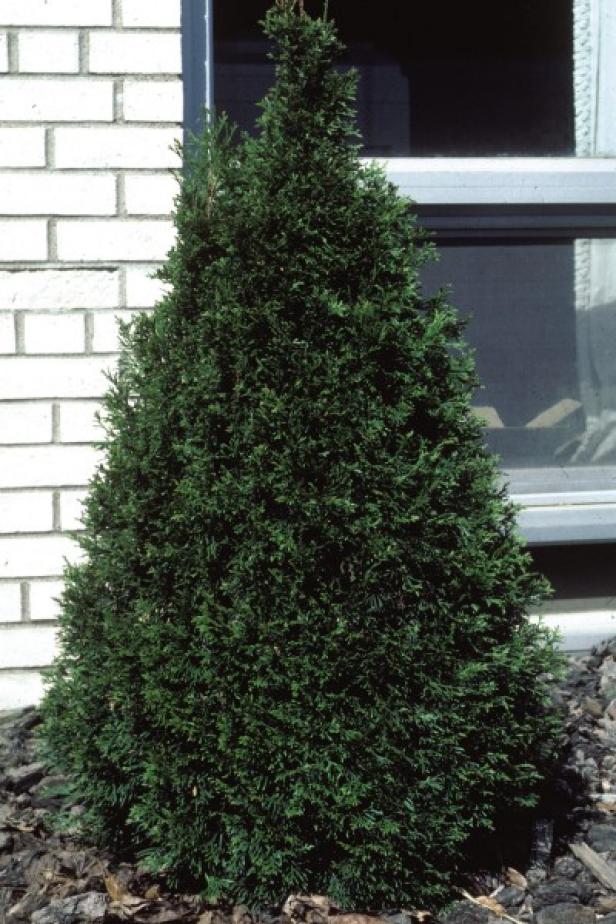
Eastern arborvitae (Thuja occidentalis) was one of the first North American native trees to be cultivated in Europe. Its common name was a symbol of its importance to weary travelers, more so than its own long life. Such a commonly used landscape plant rarely has the romantic appeal of this one.
General Description
Eastern arborvitae (a.k.a. American arborvitae, white cedar) is a medium sized evergreen tree, growing forty to sixty feet tall and ten to fifteen feet wide. The flattened scale-like foliage is bright green and tansy-scented when crushed. Its fruit is a small, light brown cone up to a half-inch long. Arborvitae is typically grown as an accent, specimen, hedge or foundation plant. It is hardy in zones 3-7.
Short History
Eastern arborvitae ranges from Nova Scotia to Manitoba south through the Great Lakes region and along the Appalachians to North Carolina and Tennessee. In the north it tends to be closely aligned with low, acidic, wet areas such as river banks and bog edges. At its mountainous southern extent it becomes altogether less common and more likely found on limestone cliffs.
This species, seldom sought by lumbermen (besides those used for cabin roofing shingles) because of its “weakness,” had been the premier wood for canoe frames for millennia. Its tendency to separate at the growth rings provided thin, super lightweight, flexible and rot resistant material that could easily be shaped into ribs or used for planking.
For the living tree the name arborvitae, which means “tree of life,” was given by French explorers who had been cured of scurvy by local native people using tea made of the foliage and sap that is rich in vitamin C. Because of his appreciation for this medicinal tree of the new world, Jacques Cartier sent specimens home to be grown in France in the mid-1500s.
As for longevity, the name arborvitae is a perfect fit in this regard as well. Members of this species are the oldest trees in eastern North America. Although they once were believed to be a short lived tree, some of the gnarly, ancient cliff-dwelling specimens have been aged at more than 1000 years.
Planting
Eastern arborvitae is widely adaptable and there are a great variety of cultivars available from which to choose. It performs well in humid regions. Provide a site with full to partial sunlight, on consistently moist soil. Heavy clay and light sandy soils should be well amended with organic matter to improve drainage and water retention respectively.
Maintenance
Deer protection is advisable if the threat exists. Monitor for spider mites and bagworm, although provided good air circulation infestations will be minimal. Little or no pruning is required.
A Few Popular Landscape Cultivars
- ‘Degroot’s Spire’
- ‘Emerald Green’ (‘Smaragd’)
- ‘Golden Globe’
- ‘Little Giant’
- ‘Techny’
- ‘Yellow Ribbon’








